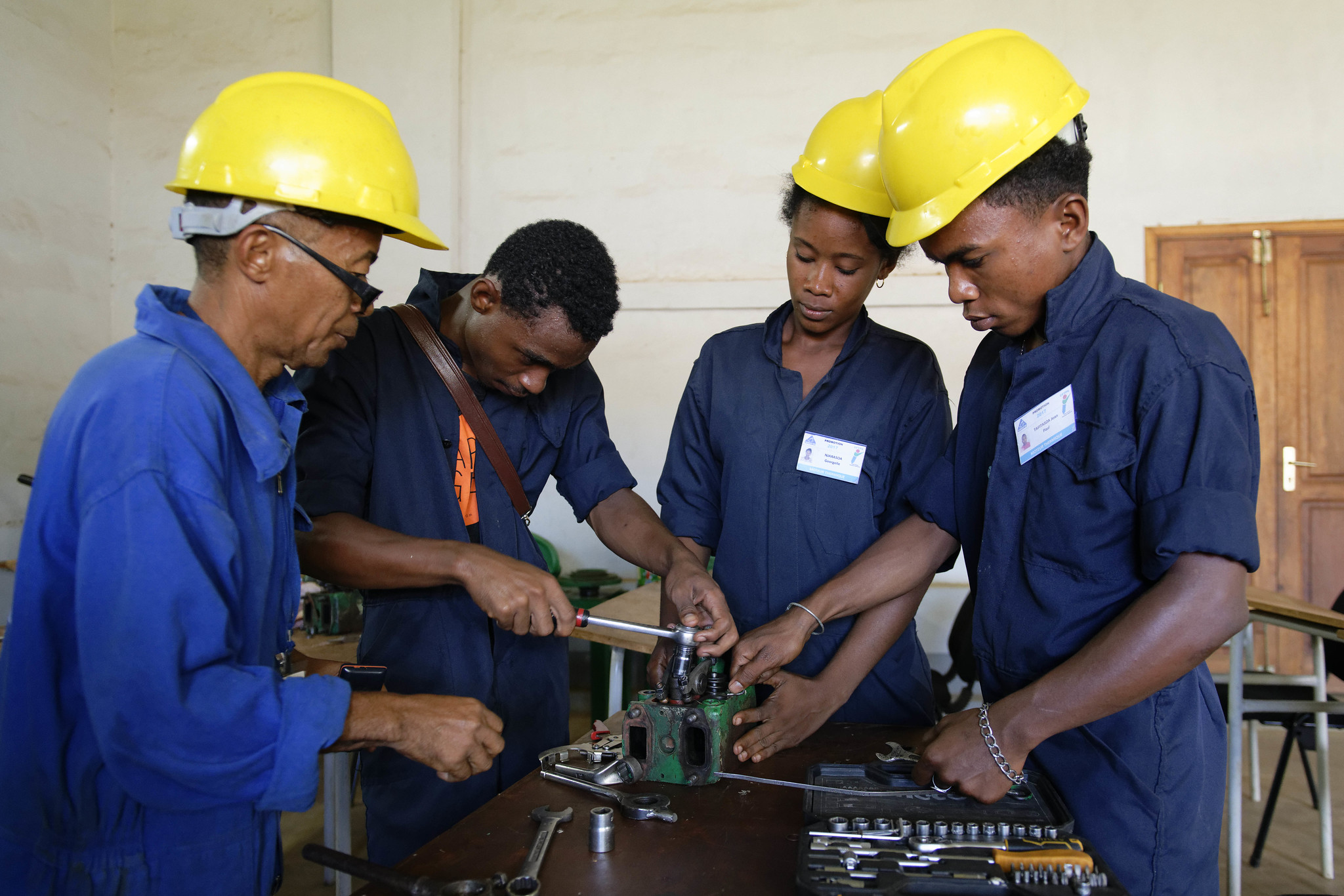
Quality education for all? We need (more) teachers!
Data insights reveal important teacher shortages in many countries around the world, and declining numbers of vocational education teachers at a time when we need them the most. Policies to improve education quality and outcomes must consider not only students and learners, but also and importantly, teachers.
Quality education for all? We need (more) teachers! Read More »









